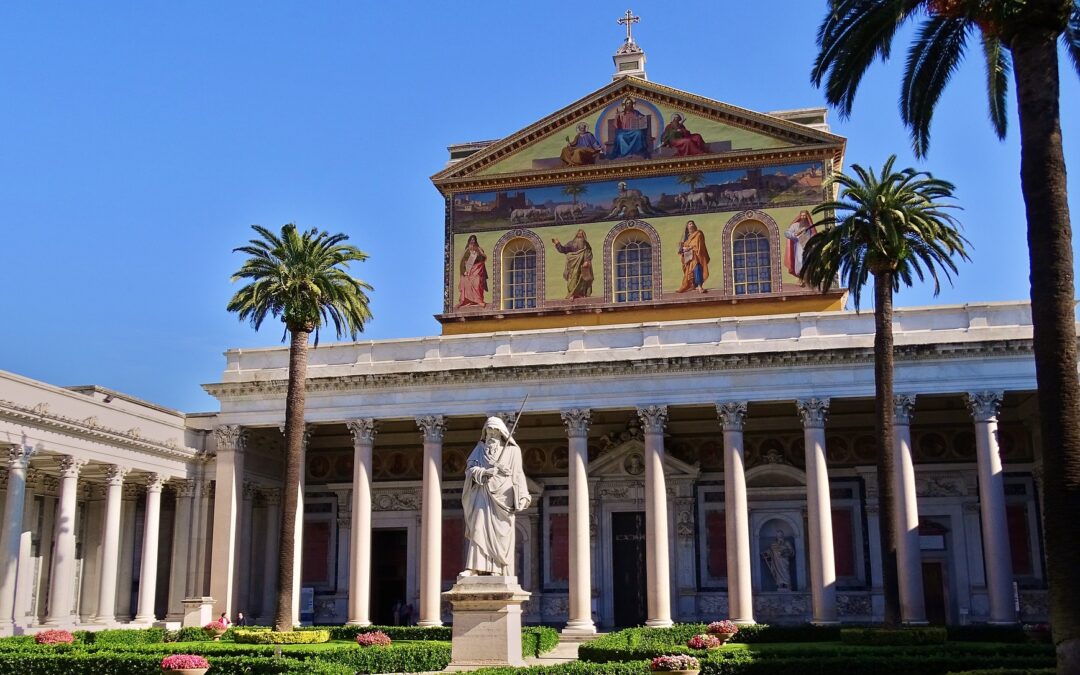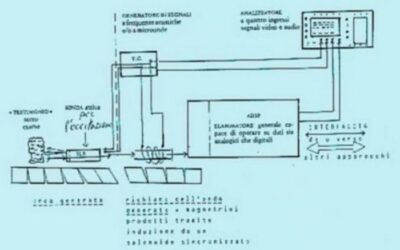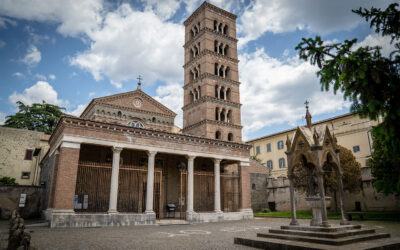Pinsa Romana, a traditional Italian flatbread, has been experiencing a resurgence in popularity in recent years. Originating in ancient Rome, this lesser-known culinary delight has now caught the attention of food enthusiasts around the world. In this essay, we will delve into the history, ingredients, preparation, and cultural significance of Pinsa Romana. Furthermore, we will explore the key differences between Pinsa and its more famous cousin, pizza, shedding light on the distinct characteristics that set them apart.
1. A Glimpse into the Past: The Origins of Pinsa Romana
The roots of Pinsa Romana can be traced back to ancient times when Roman bakers first experimented with various grain blends to create bread with a unique flavor and texture. The word “pinsa” itself comes from the Latin term “pinsere,” meaning to stretch or spread out, a reference to the dough’s shaping process. This flatbread, often cooked over open flames, was a staple of the ancient Roman diet, enjoyed by both commoners and the elite.
2. The Ingredients that Make Pinsa Romana Special
The distinctive taste and texture of Pinsa Romana arise from its carefully chosen ingredients. Unlike traditional pizza dough, which is typically made from flour, water, yeast, and salt, Pinsa dough is crafted from a combination of different flours. The typical blend includes wheat, rice, and soy flours, although some variations might incorporate other grains like spelt or barley.
The addition of these alternative flours not only contributes to the unique flavor but also imparts a lighter and airier texture to the dough. This, in turn, makes Pinsa Romana easier to digest compared to its pizza counterpart, as the longer fermentation process breaks down complex starches and proteins.
3. The Preparation of Pinsa Romana
Creating authentic Pinsa Romana requires a meticulous process, starting with the mixing of the various flours, water, yeast, and a pinch of salt. The dough is then left to ferment for an extended period, usually around 48 to 72 hours. This slow fermentation allows the dough to develop complex flavors while achieving the desired lightness and digestibility.
After the fermentation process, the dough is carefully stretched and shaped by hand, resulting in a slightly oval or rectangular shape. One notable feature of Pinsa Romana is its characteristic crispy exterior and soft, airy interior. The pinsaiolo (the person who makes Pinsa) must strike the perfect balance between thinness and thickness to achieve the ideal texture.
4. The Distinctive Baking Method
Another key difference between Pinsa Romana and pizza lies in their baking methods. While pizza is typically baked in a wood-fired oven at extremely high temperatures (around 800°F/ 427°C), Pinsa Romana is traditionally baked at a lower temperature (usually around 600°F/ 315°C). This lower heat allows the pinsaiolo to achieve the signature crispy exterior without compromising the soft and airy interior.
Additionally, the use of specialized refractory stone or metal baking surfaces enhances the cooking process, creating the perfect balance of flavors and textures.
5. Toppings: The Final Touch
When it comes to toppings, Pinsa Romana offers a wide range of possibilities. While classic pizza toppings like tomato sauce, mozzarella, and basil are popular choices, Pinsa can also accommodate various ingredients due to its light and crispy base.
In true Roman fashion, Pinsa toppings often feature high-quality olive oil, fresh vegetables, cured meats, and a variety of cheeses. The emphasis is on simplicity, allowing the flavors of the carefully selected ingredients to shine through.
6. The Difference between Pinsa and Pizza
Though Pinsa Romana and pizza share some similarities, they are distinct dishes with unique characteristics:
- Dough Composition: As mentioned earlier, the fundamental difference lies in the dough. While pizza dough is typically made solely from wheat flour, Pinsa Romana incorporates a mix of wheat, rice, and soy flours, giving it a lighter and more easily digestible texture.
- Fermentation: The fermentation process is significantly longer for Pinsa Romana, resulting in a more complex flavor profile and a more airy crumb.
- Baking Method: Pinsa Romana is baked at a lower temperature than traditional pizza, ensuring a crispy exterior while maintaining a soft interior.
- Toppings: While both dishes offer a variety of toppings, Pinsa Romana’s thin and crispy base allows for more experimentation, making it a versatile canvas for creative flavor combinations.
7. Cultural Significance of Pinsa Romana
Beyond its delectable taste, Pinsa Romana holds cultural significance as a culinary representation of ancient Rome’s heritage. By preserving and reviving this ancient recipe, modern pinsaioli pay homage to centuries of culinary tradition and craftsmanship.
Moreover, the growing popularity of Pinsa Romana has led to a resurgence of interest in traditional Italian cuisine. In recent years, Pinsa has become a symbol of culinary innovation while honoring the rich history of Roman gastronomy.
Pinsa Romana, an ancient Roman flatbread, has experienced a well-deserved revival in contemporary culinary circles. Its unique blend of flours, slow fermentation, and distinctive baking method sets it apart from its cousin, pizza. Beyond its delicious taste, Pinsa Romana carries cultural significance, bridging the gap between ancient Roman traditions and modern gastronomy. As the world continues to explore and appreciate the rich tapestry of Italian cuisine, Pinsa Romana takes its rightful place as a cherished and delicious piece of history.
Image courtesy Francesc Fort on Wikimedia
https://commons.wikimedia.org/wiki/File:Pinsa_di_Roma.jpg























